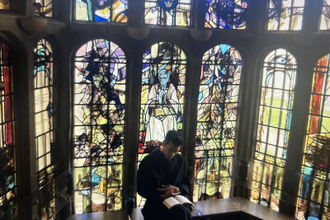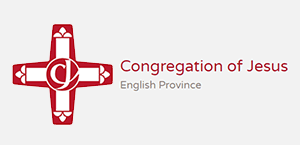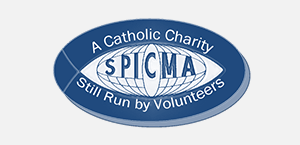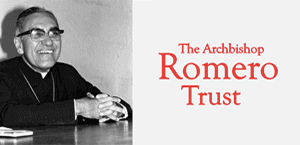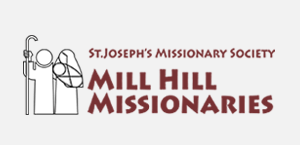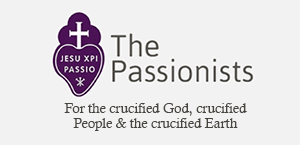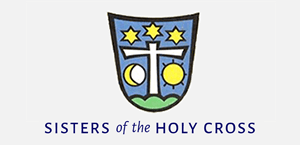Gospel in Art: This is a hard saying; who can listen to it?
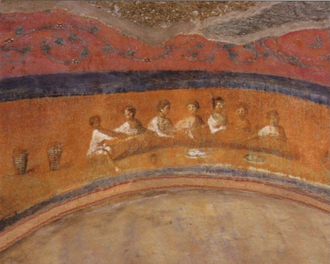
Fractio Panis, Second century fresco, Catacombs of Priscilla, Pigment on chalk lined wall © Wikimedia / Christian Art
Source: Christian Art
Gospel of 10 May 2025
John 6:60-69
At that time: Many of the disciples of Jesus said, 'This is a hard saying; who can listen to it?' But Jesus, knowing in himself that his disciples were grumbling about this, said to them, 'Do you take offence at this? Then what if you were to see the Son of Man ascending to where he was before? It is the Spirit who gives life; the flesh is no help at all. The words that I have spoken to you are spirit and life. But there are some of you who do not believe.' For Jesus knew from the beginning who those were who did not believe, and who it was who would betray him. And he said, 'This is why I told you that no one can come to me unless it is granted him by the Father.' After this many of his disciples turned back and no longer walked with him.
So Jesus said to the Twelve, 'Do you want to go away as well?' Simon Peter answered him, 'Lord, to whom shall we go? You have the words of eternal life, and we have believed, and have come to know, that you are the Holy One of God.'
Reflection on the Early Christian Fresco
Today's Gospel marks the conclusion of John Chapter 6, that profound and challenging discourse where Jesus reveals Himself as the Bread of Life. We have been reading from this chapter nearly all week. Today's reading follows directly from yesterday's reading, where Jesus made the startling declaration that His followers must eat His flesh and drink His blood. Today, we hear the reaction of those around Him: "This is intolerable language. How could anyone accept it?" These words echo the confusion and scandal that many felt when faced with such a radical teaching. The idea of such intimate communion with Christ was too much for some... and it remains a stumbling block for many even today.
We know, through the eyes of faith, that the Eucharist is one of the greatest gifts Christ has given to His Church: His very self, offered to us under the appearance of bread and wine. Yet, the temptation has always been to diminish this mystery, to reduce it to mere symbolism or ritual. But throughout the whole of John 6, Jesus does not soften His message. Time and again, He insists on the reality of what He offers: "My flesh is real food, and my blood is real drink." The early disciples struggled with this, and in every generation, believers are called to embrace this mystery with trust, accepting that in the Eucharist, we truly receive Christ Himself, not a symbol, but His real presence.
One of the earliest visual testimonies to this belief is found in Rome, in the Catacombs of Priscilla, where a second-century fresco known as the Fractio Panis (Breaking of Bread) can still be seen in the "Greek Chapel". This simple yet profound image depicts seven people gathered at a table-six men and a woman-celebrating what is clearly the Eucharist. A bearded figure sits slightly apart, holding a small piece of bread with outstretched arms, captured in the very act of breaking it. Before him sits a two-handled cup, and on the table are two plates, one with two fish, the other with five loaves, a clear reference to the miraculous feeding and a symbol of Christ's abundant provision. Baskets filled with loaves stand at either end of the table. This ancient image reminds us that from the earliest days of the Church, Christians understood the Eucharist as the fulfilment of Jesus' words in John 6-a sacred meal where Christ Himself is truly present, nourishing His people with the food that leads to eternal life.
LINKS
Gospel in Art: https://christian.art/
Today's Reflection: https://christian.art/daily-gospel-reading/john-6-60-69-2025/ (with audio)






